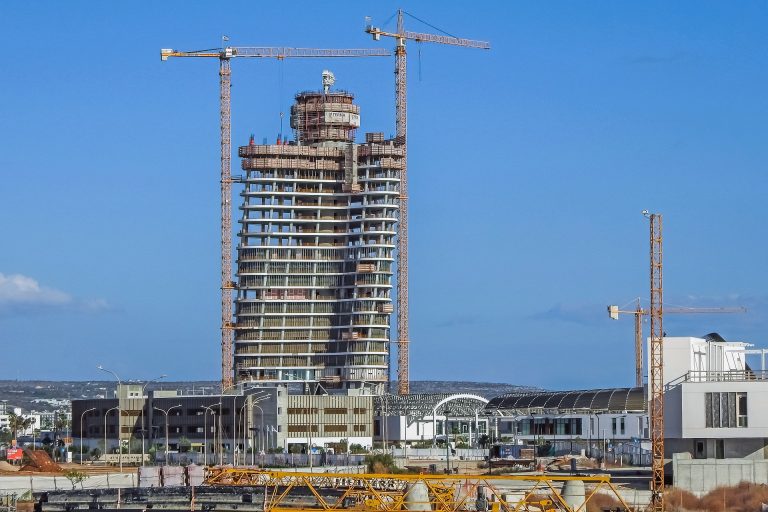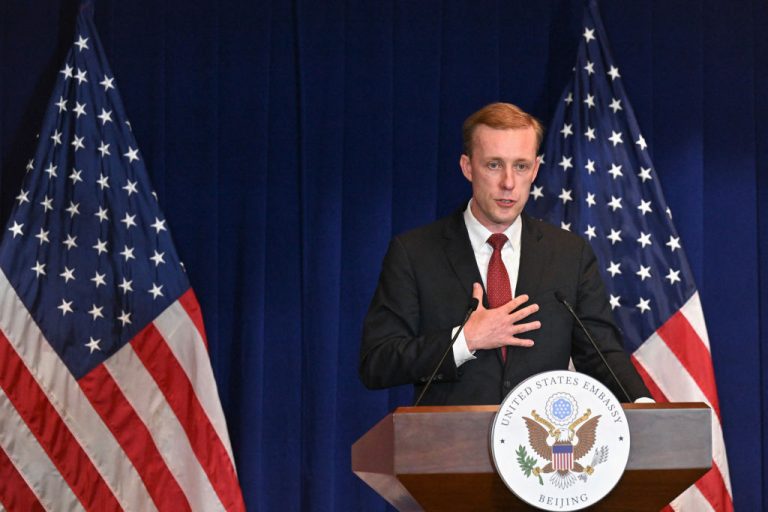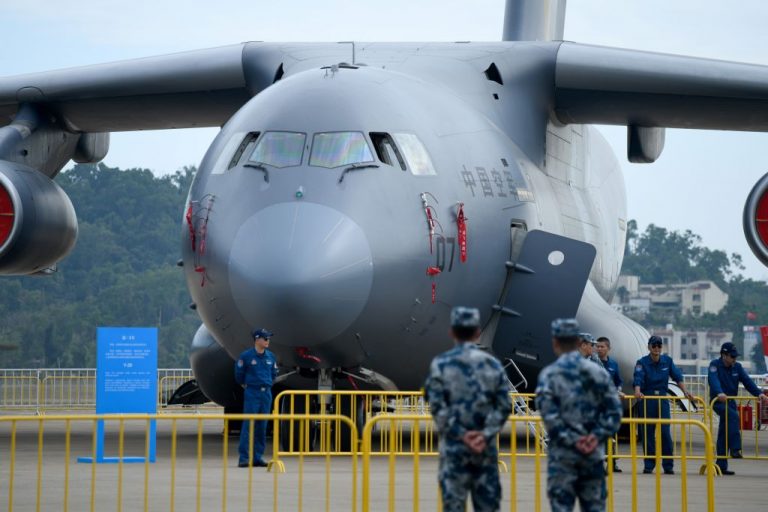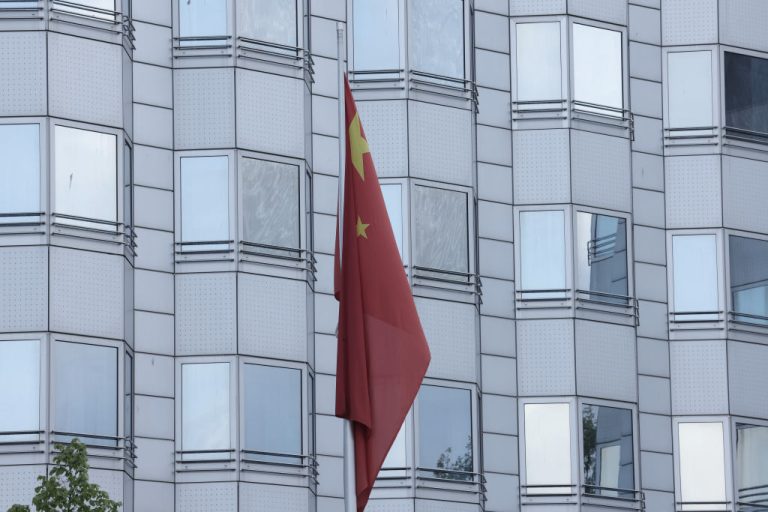China, the world’s second-largest economy, got off to a strong start in 2021 following the economic turbulence resulting from the COVID-19 pandemic in 2020. But after posting a record growth of 18.3 percent in the first quarter of 2021, China’s Gross Domestic Product (GDP) declined in the second half of the year.
Data from the National Bureau of Statistics (NBS) revealed that the GDP fell to 4.9 percent in the third quarter and to just four percent in the final quarter when compared to the previous year. The growth in the fourth quarter is the slowest in a year and a half and below the Chinese Communist Party’s goal of five percent. The outbreak of the Omicron variant, real estate crisis, and curtailment of debts are some of the factors that have led to the economic slowdown.
GDP for 2021 grew 8.1 percent, which was well above the government’s aim of “above six percent.” However, Bo Zhuang, a China economist at the Boston-based investment management firm Loomis Sayles, believes that the numbers may be inflated. He told the Insider that the real figure could be lower at 5.5 to 6 percent.
China’s economic outlook was further clouded by a less-than-expected increase in retail sales in December. While November saw a 3.9 percent increase, retail sales in December rose by only 1.7 percent from a year earlier.
“The resurgence of regional outbreak and lockdowns, as well as supply bottlenecks in the automobile industry, all weighed on consumption,” Chaoping Zhu, chief global strategist for JP Morgan Asset Management, told CNN.
Success
You are now signed up for our newsletter
Success
Check your email to complete sign up
In order to bolster the economy, the People’s Bank of China (PBOC) has decided to lower the borrowing costs of its medium-term loans. The PBOC announced that it was cutting the interest rate by 10 basis points from 2.95 percent to 2.85 percent.
The central bank had not lowered its rates since April 2020. The seven-day reverse repurchase rate was also reduced, and the bank injected an additional 200 billion yuan ($31.53 billion) of medium-term cash into the economy.
“Economic momentum remains weak amid repeated virus outbreaks and a struggling property sector. As such, we anticipate another 20 basis points of cuts to PBOC policy rates during the first half of this year, in addition to the 10 basis points cut this month,” Julian Evans-Pritchard, senior China economist at Capital Economics, said in a statement.
Another source of concern for the Chinese government is the rate of unemployment which rose to 5.1 percent by the end of 2021. Harsh regulations on tech, education, and other sectors have shut down many private businesses and have led to layoffs. In order to alleviate the issues faced by small businesses and private firms, a further cut in fees and taxes has been proposed.
Experts believe that China will also need to reevaluate its zero-COVID policies. Strict lockdowns and border restrictions could have an adverse impact on the economy and supply chains. Yue Su, the principal economist at the Economist Intelligence Unit, told the South China Morning Post that the stimulus policies deployed by the government have been ineffective chiefly due to “weaknesses in the private sector.”
President Xi Jinping, who will be looking to claim a third five-year term at the Communist Party congress later this year, could face serious challenges if China’s economic problems are not addressed.







